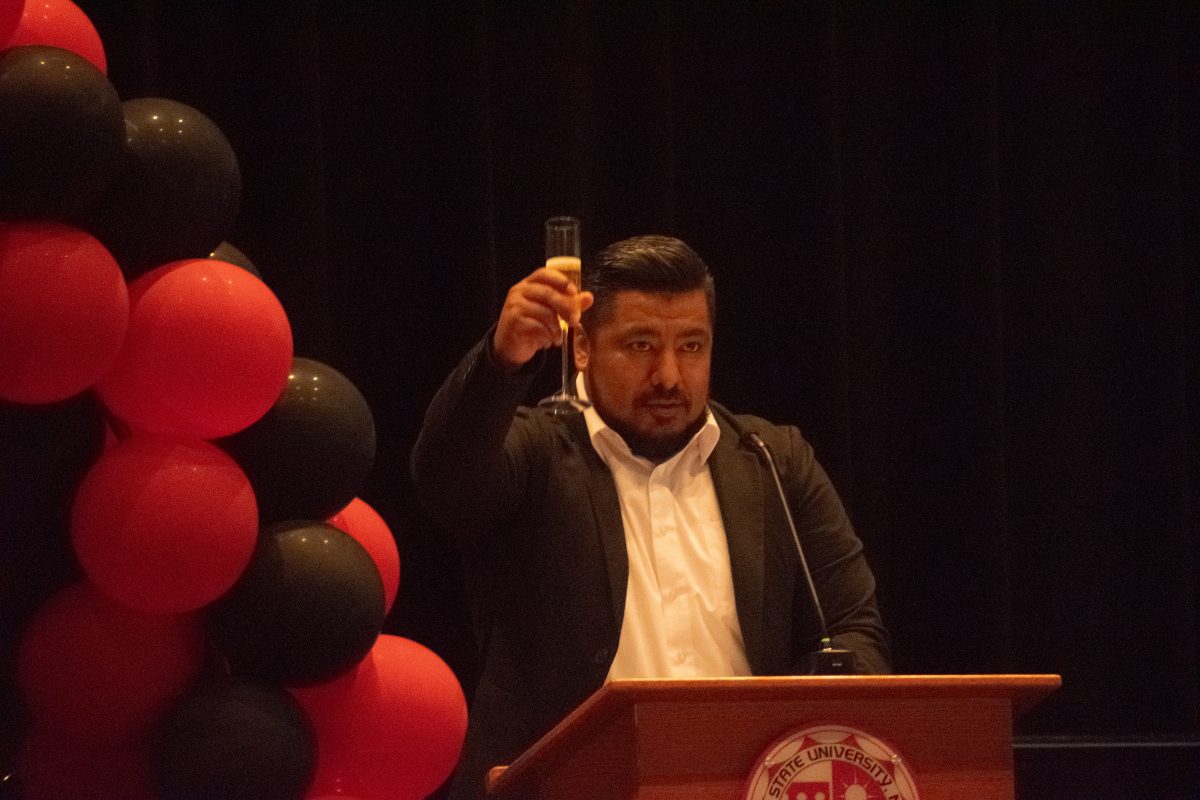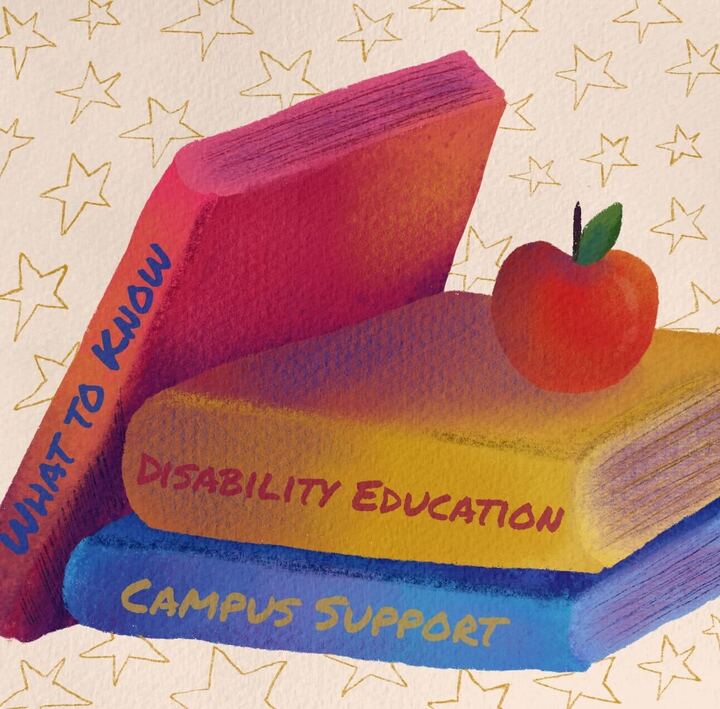Growing up, I was always taught to be inclusive to everyone, especially my classmates who I would see every day. My godbrother has autism, and being inclusive has always been important to me because I always wished that his classmates would include him during his classes.
Throughout my time in school, I had classmates with disabilities, but my teachers never taught us how best to interact with them. We were never told to include them in our activities, which often resulted in them sitting away in a corner doing their own activities. I always thought it was odd and not right that we did not include them since they were our classmates. They deserved to be treated equally and fairly.
Preparing young children to be inclusive to everyone in a classroom setting, especially towards children with disabilities, is important. No one should ever feel left out in a setting where you see the same people for many hours every day.
It can be very challenging to prepare young children to learn and understand how to be inclusive to their peers who have a disability. Therefore, it’s smart to teach them at a young age — while they are still in preschool or kindergarten — to begin preparing them for the years to come.
There have been great results from laws intended to help children with disabilities. The Individuals with Disabilities Education Act was set to protect children, adults and elderly people with disabilities, as well as their rights.
According to IDEA, more than 66% of children with disabilities were in general education classrooms for 80% or more of their school day in 2022-23. 80% is already a big number, and can be raised higher this year with improved strategies for teachers to pass on to their students.
Maria Lohmann for the National Association for the Education of Young Children perfectly explained the importance of inclusion: it is influential and helps children with disabilities be more involved in class.
“Inclusive preschool classrooms are in the best interest of all young children: including children with disabilities results in greater empathy and acceptance of differences among all children and in improved academic, social, behavioral outcomes for children with disabilities,” Lohmann wrote.
As mentioned before, it can be challenging for instructors to teach children how to get along and interact with everyone in the classroom, and there is a large number of teachers who aren’t qualified to teach children properly, especially about inclusion.
“We find there are at least 36,000 vacant positions along with at least 163,000 positions being held by underqualified teachers,” according to a study from Annenberg Brown University.
NAEYC.org mentions many great tips on ways to add inclusion in the classroom. One tip that stood out to me was from Lohmann.
“Position children with disabilities in the midst of their peers: do not place the child in a wheelchair at the edge of the group or the student with aggressive tendencies away from his peers,” Lohmann said.
Placing a child in a wheelchair in the middle of the group is more effective than seating them on the outer edge of the classroom. It will improve the talking between the whole group because it will be easier to speak to them instead of ignoring them.
“Explain a child’s disability to other children in the classroom. Allow them to ask questions about differences,” says another great tip mentioned in NAEYC. Young children sometimes don’t understand disabilities, and they need to ask questions when they are curious. Asking questions and learning is better than assuming and possibly offending a child with disabilities.
Another approach to help young children with inclusion is by teaching different strategies for the classroom. Study.com mentions four different teaching methods, known as alternative, interactive, parallel and station teaching.
Finding which teaching strategy works best for you and your classroom is the first priority. After finding the best strategy, there may be improvement among all the students. It is hard for children with disabilities to maintain social and life skills when they are separated from the rest of the class.
Creating a program or workshops for teachers to take will teach them how to create an inclusive classroom. Study.com mentions the importance of adding life skills into their curriculum for all children, allowing teachers and students alike to learn.
Children with and without disabilities enjoy the same toys, games and are loved by their families. Inclusive classrooms need to be prioritized in every school.












